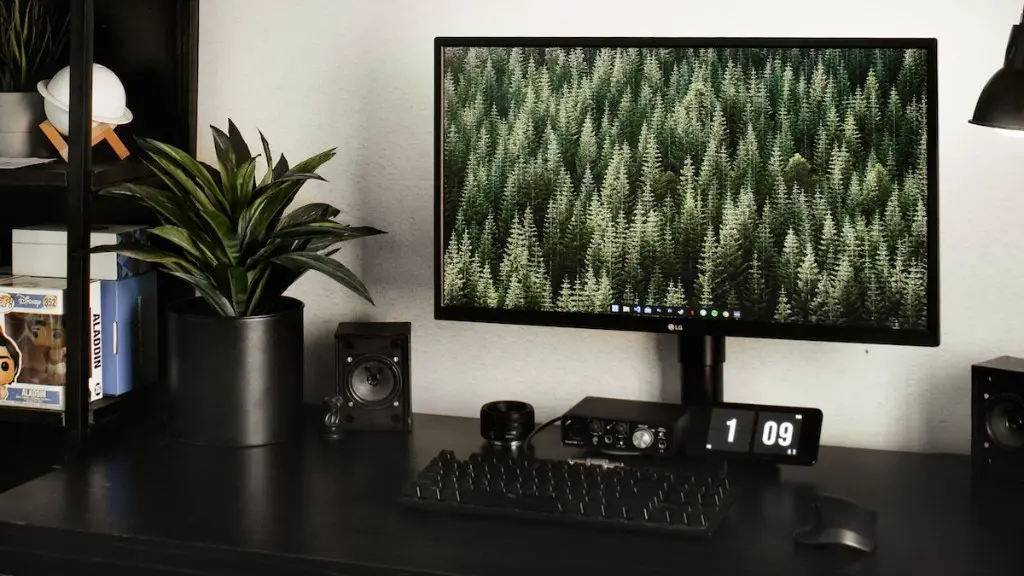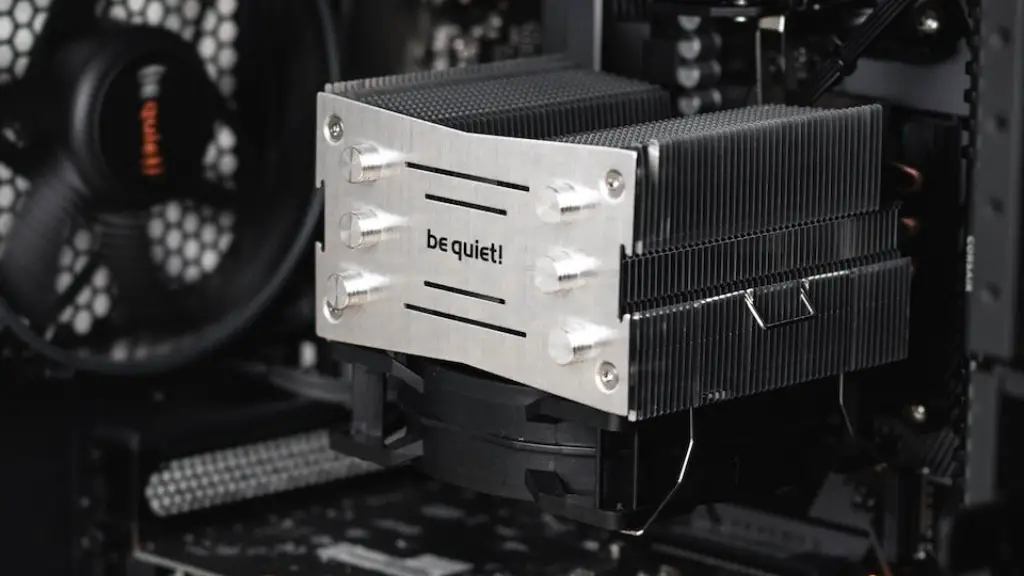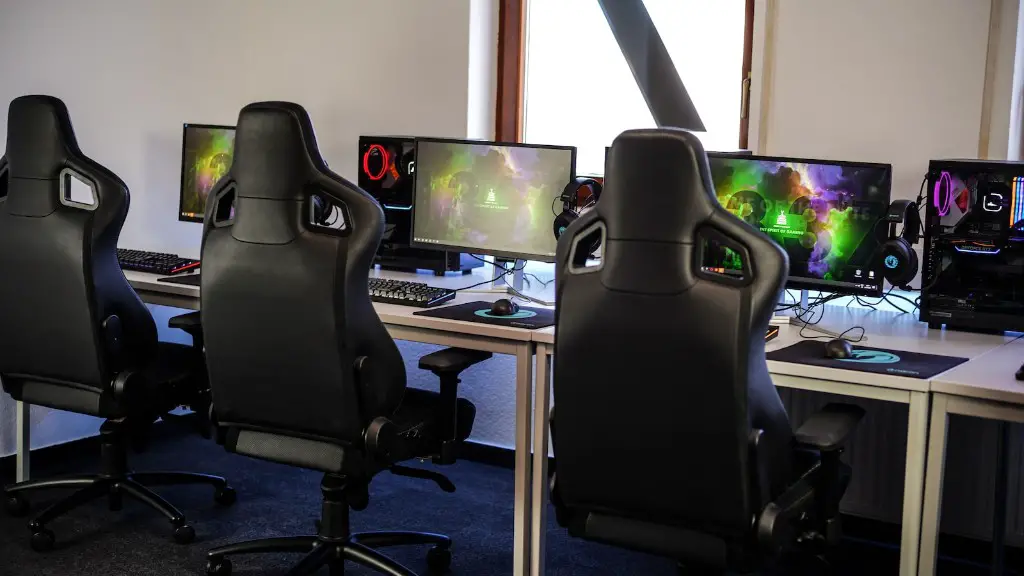Shopping for a new gaming monitor might seem overwhelming, but with a bit of research, you can find the perfect one for your gaming needs. Here’s a basic guideline to help you get started.
First, decide on the size of the monitor you want. It’s up to you how big you want to go; however, consider how many monitors you want to use when deciding the size. The larger the size of the monitor, the more expensive it will be. If you’re using multiple monitors, you may need to invest in a special display-splitting tool.
Second, decide on the type of panel. There are three main types of panels to choose from: TN (Twisted Nematic), VA (Vertical Alignment), and IPS (In-Plane Switching). With TN panels, you get the lowest response time, however, you get less accurate colors and the viewing angles are not that great. VA panels are better than TN in terms of accurate colors and viewing angles but you get a slower response time. IPS panels have the best color accuracy and viewing angles but the response time is slower than TN panels. So it depends on your budget and preferences.
Third, decide if you want a curved monitor or a flat one. Curved monitors provide a more immersive experience but they also come with a higher price tag. On the other hand, flat monitors are more affordable but may not provide an immersive experience. Some games may look better on a curved monitor and some may look better on a flat one, so it really depends on what type of games you’ll be playing.
Fourth, look at the resolution. You’ll want to make sure you get a monitor with a resolution that supports your graphics card. Generally, you’ll want to stick to 1080p or higher if possible. The higher the resolution, the better, but you’ll need to have a graphics card that can handle it. Additionally, make sure the monitor has support for the latest video signal standards such as HDMI 2.1, DisplayPort 1.4, etc.
Fifth, consider the refresh rate. If you want a smooth experience, you’ll want to go for a monitor with a higher refresh rate such as 120-144hz. You should also make sure that it has support for variable refresh rate technologies such as G-SYNC or FreeSync. These technologies ensure that the monitor refresh rate is in sync with the frame rate of your graphics card.
Lastly, decide on the features of the monitor. Does the monitor have built-in speakers? Does it have USB ports and SD card slots? These are all things to consider when shopping for a gaming monitor.
Refresh Rate
A gaming monitor’s refresh rate is the number of times a monitor refreshes its image each second. A monitor’s refresh rate is very important when it comes to gaming as it can greatly affect the fluidity of the image on the screen. A higher refresh rate will generally create smoother images on the screen while a lower refresh rate will produce choppier images. So if you want a smooth gaming experience, be sure to look for a monitor with a higher refresh rate such as 120hz or 144hz.
Additionally, you should look for a monitor that has support for Variable Refresh Rate technologies such as G-SYNC or FreeSync. These technologies ensure that the monitor’s refresh rate is in sync with the frame rate of your graphics card so you don’t get any screen tearing or stuttering. Not all monitors support VRR technologies, so make sure you do your research when looking for a new gaming monitor.
Lastly, you should consider the response time of the monitor as this affects how quickly the images on the screen can change. Most gaming monitors have a response time of 1ms or less, so if this is important to you, be sure to look for that.
Panel Type
One of the most important things to consider when shopping for a gaming monitor is the type of panel it has. There are three main types of panels on the market: TN (Twisted Nematic), VA (Vertical Alignment), and IPS (In-Plane Switching).
TN panels are the cheapest and they have the fastest response time but the colors and viewing angles aren’t great. VA panels are better than TN panels in terms of color accuracy and viewing angles but the response time is slower. IPS panels have the best color accuracy and viewing angles but the response time is slower than TN panels.
So it really depends on your budget and preferences as to which type of panel you should get. All three panel types have their own advantages and disadvantages and so it’s important to do your research when deciding which type to go for. A TN panel might be a good option if you want the fastest response time but if accurate colors are important to you, you might want to opt for an IPS panel.
Other Features to Consider
When shopping for a gaming monitor, you should think about other features that the monitor offers. Does the monitor come with built-in speakers? Does it have USB and SD card slots for extra connectivity? These are all features that you should pay attention to when making your purchasing decision.
Another feature that you should look out for is G-SYNC Compatibility. G-SYNC is a technology that increases the monitor’s refresh rate to match the frame rate of your graphics card. This technology can help reduce screen tearing and stuttering and it’s an important feature to look out for when choosing a gaming monitor.
Lastly, you should also consider the design of the monitor. Does it have an adjustable stand? Does it come with a built-in headphone jack? There are tons of design features you can look out for, so make sure to do your research and find the best monitor for your needs.
Cost and Budget
One of the most important things to consider when shopping for a gaming monitor is the cost. There is a wide range of price points when it comes to gaming monitors, so you’ll want to think about how much you’re willing to spend. Monitors with a higher refresh rate and better features will typically cost more but if you’re on a tighter budget, there are still good options available.
It’s also important to keep in mind that the bigger the size of the monitor, the more expensive it will be. So if you’re looking for a bigger monitor and are on a tight budget, you may have to compromise on other features. As long as you do your research and know what you need, you should be able to find the perfect gaming monitor for your budget.
Conclusion
When it comes to shopping for a gaming monitor, there are few things to consider such as size, panel type, refresh rate, response time, features, design, and cost. Do your research and know what you need before heading out to the store. With a bit of research, you should be able to find the perfect gaming monitor for your needs.



